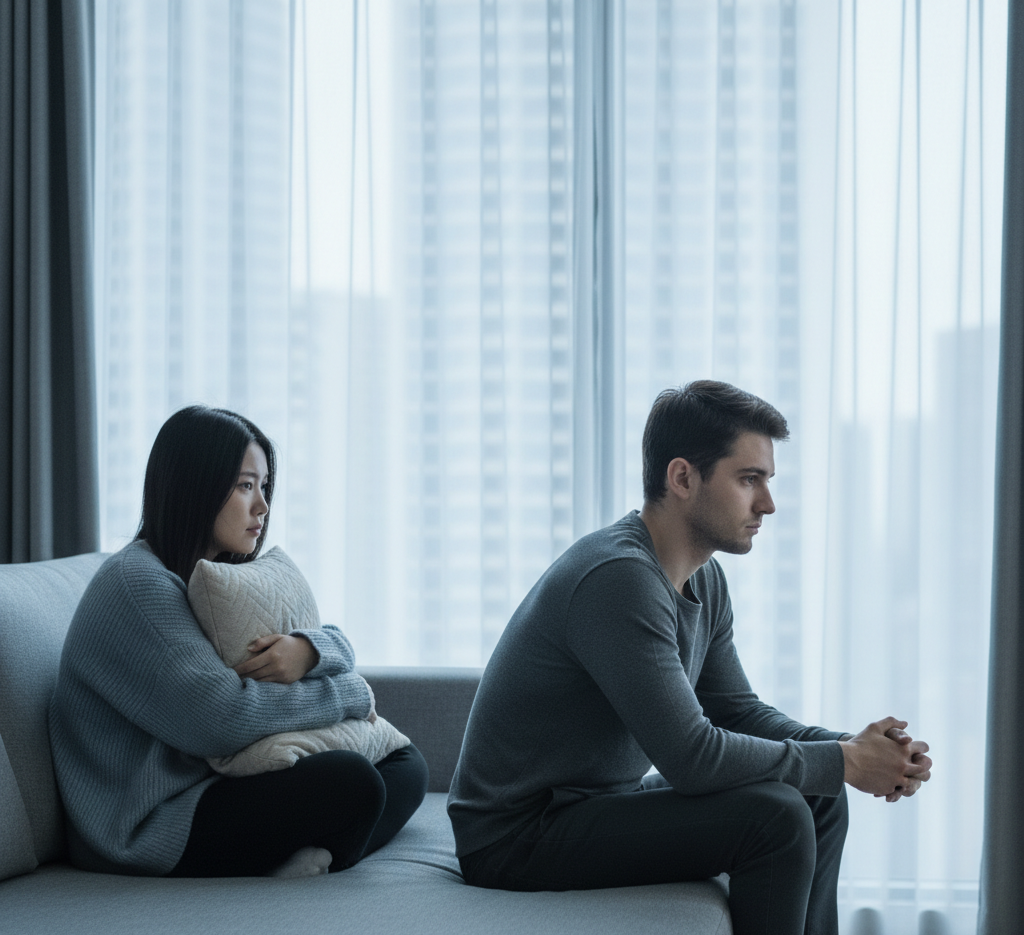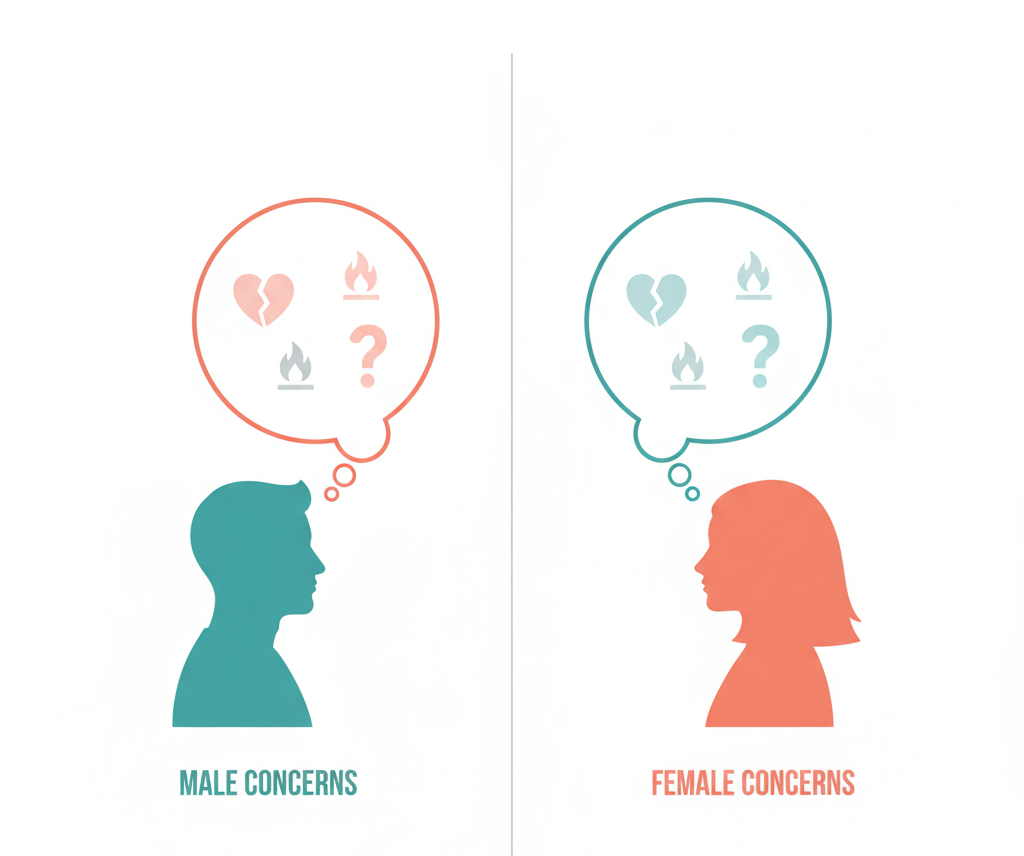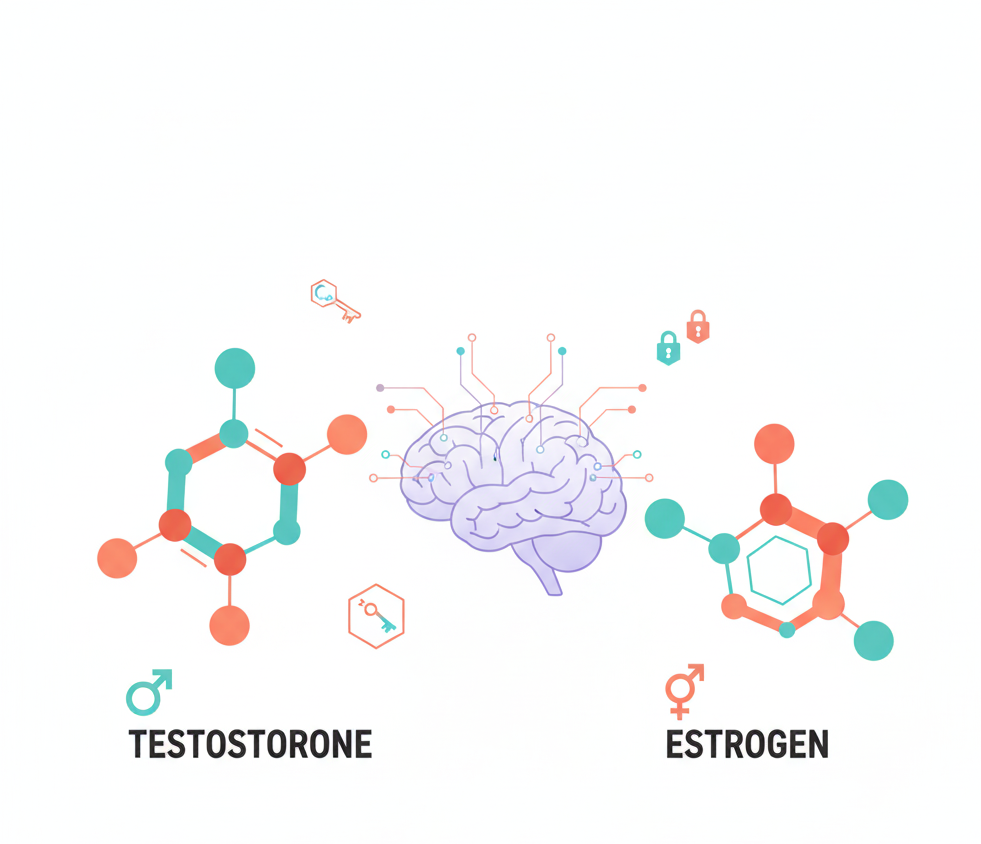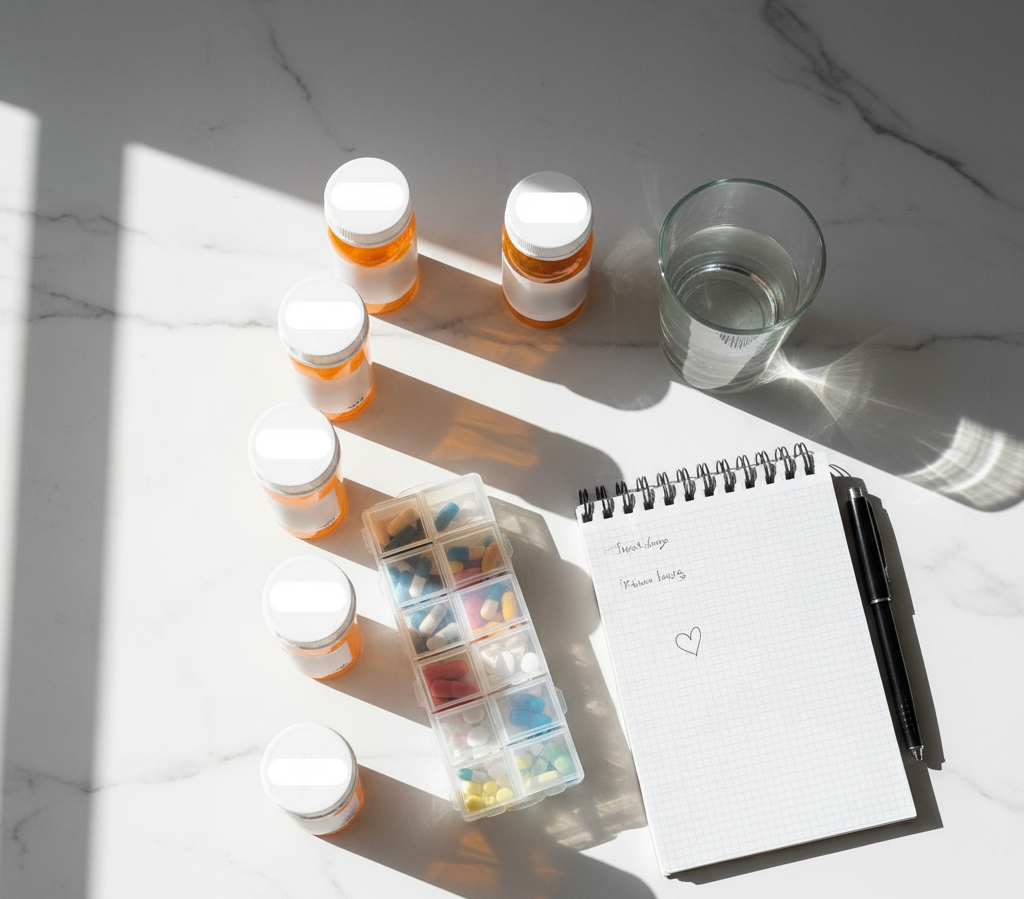“I don’t want to be with him anymore.”
“Even if I wanted to, he’s blocking me out.”
“For me, this marriage is over.”
These heartbreaking confessions are heard daily in therapists’ offices across America. But what if the real culprit isn’t a failing relationship—but a treatable medical condition that affects up to 38% of women and 18% of men worldwide?
When relationship counselors dig deeper into these complaints, they often uncover a surprising common thread: sexual desire disorders. These conditions can silently erode even the strongest relationships, leaving couples feeling disconnected, frustrated, and convinced their love has died.

What Exactly Are Sexual Desire Disorders?
Before anyone engages in sexual activity, there’s typically a spark—a desire that ignites the process. Sex therapists call this the “Desire Phase,” the crucial first step in the sexual response cycle.
During this phase, people naturally think about connecting with their partner, feel drawn to them physically, and may even fantasize about intimate moments together. For most people, this process happens effortlessly. Sexual attraction builds naturally, fantasies develop, and the desire for physical closeness feels as natural as breathing.
But for millions of Americans, this phase never quite happens—or happens so rarely that it strains their relationships to the breaking point.
People with sexual desire disorders struggle with or completely lack these normal feelings of sexual interest. Some may still experience physical arousal when sexual activity occurs, but they rarely, if ever, feel the initial spark that makes them want to initiate or participate in intimacy. Others actively avoid sexual situations altogether, despite loving their partners deeply.
“It’s not about love,” explains one clinical psychologist. “These individuals may adore their partners and want to make them happy, but the biological drive for sexual connection just isn’t there.”
The Two Types: Understanding the Difference
Sexual desire disorders manifest differently in men and women, leading to two distinct diagnoses:
Male Hypoactive Sexual Desire Disorder affects approximately 18% of men globally. Men with this condition experience persistently low or absent sexual thoughts, fantasies, and desire for sexual activity. When they do engage in sex—often to please their partners—they participate with minimal enthusiasm or interest.
Here’s what surprises many people: these men can still achieve physical arousal and reach orgasm. Their bodies work normally; it’s the mental desire that’s missing. This disconnect often leads to confusion and guilt, both for the men themselves and their partners, who may feel rejected or unattractive as a result.
Female Sexual Interest/Arousal Disorder is even more common, affecting roughly 38% of women worldwide. Women with this condition show little to no interest in sexual activity and rarely initiate intimate encounters. They experience minimal arousal even during sexual activity, and their physical responses—like genital sensitivity and pleasure from touch—are significantly diminished.

The Biological Culprits Behind Low Desire
While psychological factors certainly play a role, researchers have identified several biological causes that can tank sexual desire in both men and women:
Hormonal Imbalances
Your body’s hormone levels act like the control panel for sexual desire. When they’re out of whack, desire plummets.
In men, low testosterone levels are a primary culprit. This crucial male sex hormone doesn’t just build muscle—it fuels sexual desire. When levels drop, so does interest in sex.
Women face a more complex hormonal landscape. Low estrogen levels can dramatically reduce sexual desire. This often happens after childbirth, during breastfeeding, or approaching menopause. The body diverts resources to other priorities, and sexual desire takes a back seat.
Interestingly, birth control pills containing high doses of estrogen can also backfire, suppressing desire rather than enhancing it. And here’s something that affects both sexes: overactive prolactin, a hormone typically associated with milk production, can slam the brakes on sexual desire in both men and women.
Brain Chemistry Gone Awry
The neurotransmitters serotonin and dopamine play starring roles in sexual desire. Dopamine typically revs up desire, while serotonin can dampen it. When these chemical messengers malfunction or become imbalanced, sexual desire suffers.
This is why some antidepressants—which alter serotonin levels—can have the unfortunate side effect of killing libido, even as they improve mood.

Medications and Substances That Steal Your Drive
Many common medications and substances can sabotage sexual desire without you realizing it:
- Alcohol: While a drink or two might lower inhibitions, regular heavy drinking destroys sexual desire over time
- Pain medications: Chronic use of painkillers, especially opioids, is notorious for decimating libido
- Illegal drugs: Cocaine, marijuana, amphetamines, and heroin all interfere with normal sexual desire, despite myths suggesting otherwise
- Various prescription medications: From blood pressure drugs to certain antidepressants, many medications list decreased libido as a side effect

The Psychological Factors That Complicate Everything
Even when biology isn’t the primary issue, psychological factors can create or worsen sexual desire disorders:
Stress, Anxiety, and Depression: These mental health challenges consume emotional energy that would otherwise fuel sexual desire. When your mind is overwhelmed with worry, deadlines, or sadness, sexual thoughts don’t make the priority list.
Anger and Resentment: Unresolved conflicts with a partner create emotional distance that makes sexual desire nearly impossible. It’s hard to want intimacy with someone you’re angry at.
Negative Sexual Beliefs: Some people grow up with deeply ingrained messages that sex is shameful, dangerous, or immoral. These attitudes create internal conflict that blocks natural sexual desire, even in committed, loving relationships.

Why This Matters for Your Relationship
When one partner experiences a sexual desire disorder, both partners suffer. The person with low desire often feels broken, guilty, or pressured. The other partner may feel rejected, unattractive, or unloved. Without understanding the medical nature of the problem, couples often blame each other or assume the relationship is doomed.
“I thought he just didn’t want me anymore,” shared one woman whose husband was eventually diagnosed with hypoactive sexual desire disorder. “Learning it was a medical condition—not about me—saved our marriage.”
There’s Good News: Help Is Available
The good news? Sexual desire disorders are treatable. Depending on the underlying cause, treatment might include:
- Hormone therapy to correct imbalances
- Medication adjustments to eliminate libido-killing side effects
- Therapy to address psychological factors and relationship issues
- Lifestyle changes to reduce stress and improve overall health
The crucial first step is recognizing that this is a medical condition, not a character flaw or relationship death sentence.
When to Seek Help
If you or your partner is experiencing persistent low sexual desire that’s causing distress or relationship problems, don’t wait for things to improve magically. A qualified psychologist or sex therapist can help identify the root causes and create a treatment plan tailored to your situation.
Remember: millions of people struggle with these disorders. You’re not alone, you’re not broken, and with proper help, you can reclaim the intimate connection you’re missing.
If you’re experiencing sexual desire issues, consult with a licensed mental health professional who specializes in sexual health for proper evaluation and treatment.
YOU MAY ALSO LIKE:
The Complete Guide to Female Sexual Response: What Really Happens During Intimacy

